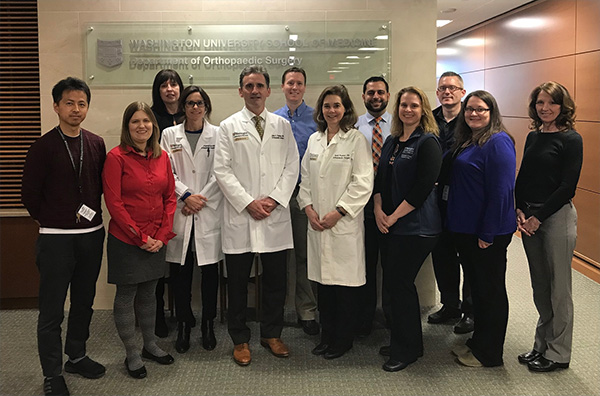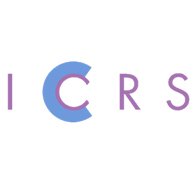Dr. Pascual Lab
Join Us!
We are looking for highly motivated, creative scientists to join our team!
Qualified candidates are encouraged to email a curriculum vitae and a cover letter with qualifications, long-term goals, and interests to Sara Conyers at sconyers@wustl.edu.
Postdoctoral Research Position
We are accepting applications for talented postdoctoral fellows interested in Hip OA molecular mechanisms and biological roles of epigenetic modifications. Individuals with a strong background in biology and a record of scientific productivity are encouraged to apply. Candidates must be skillful in multiple lab techniques including DNA, RNA and Protein isolation, Small interfering RNA (siRNA) transfection, RT-PCR, RT-quantitative PCR, Western Blotting, SDS-PAGE, Immunohistochemistry (IHC-P, IHC-Fr), Immunocytochemistry/immunofluorescence (ICC/IF), bioprinting and ELISA. Applicants with independent funding opportunities will be highly advantageous.
Graduate Students
Currently enrolled graduate students are welcome to rotate in the lab.
Prospective Undergraduate Students
We are welcoming ambitious undergraduate and visiting students to join the lab for research opportunities in various projects. All experience levels are welcome – we want eager and responsible students!
Role of the PPARy in the progression of Hip Osteoarthritis
Under the direction of Drs. Cecilia Pascual-Garrido, Steven Mell, and Catherine Yuh, the R21 Research Group, will launch a new research project in July 2025 that will focus on the validation of the pathomecanics and biology of a novel pre-clinical rabbit model for hip osteoarthritis (OA) surgical treatment for Femoroacetabular Impingement (FAI). Hip FAI is the leading cause of hip OA in the young adult hip population. While the number of surgical procedures to treat hip FAI has grown exponentially in the past decade, there is still a 10-25% failure rate following surgical treatment, with progressive deterioration of the joint leading to OA. Surgeries have outpaced the proper understanding of the disease, resulting in failure rates of around 15%, where patients still progress to OA following surgical intervention.
There is a need to study the mechanisms involved in initiating OA upon FAI and address this scientific gap. Without a validated animal model, our ability to discover the mechanisms of disease progression is limited. With the goal of developing a low-cost and easily reproducible translational animal model, our group has created a small animal model of femoral head deformity that leads to hip OA. The goal of this project is to confirm that the experimentally induced femoral head hip deformity is a validated model of human FAI, both mechanically and biologically. This project has the potential to significantly impact the field, as it will enable, for the first time, the development of a low-cost, small translational animal model of hip FAI and hip OA. This model could serve as a platform to gain a deeper understanding of the mechanisms of hip OA, test interventions, and translate our discoveries into patient care.

Catherine Yuh, PhD, is an Instructor in the Department of Orthopedic Surgery at Rush University Medical College. Her research includes characterizing mechano-biological relationships in mechanoactive tissues and studying relationships between joint anatomical shape and tissue properties, in the context orthopedic disorders including femoroacetabular impingement syndrome and intervertebral disc degeneration. Specifically, her laboratory leverages mechanical and chemical materials characterization techniques, including nanoindentation, FTIR spectroscopy, and histopathology to assess musculoskeletal tissue properties, as well as whole-joint statistical shape modeling to assess variations in joint shape in the context of musculoskeletal disorders driven by abnormal morphology. This research is part of a larger-scale collaborative effort to establish a platform of multi-modal approaches, including tissue characterization, imaging, motion analysis, and computational simulation, to study the multifaceted etiology of pre-arthritic hip disorders.
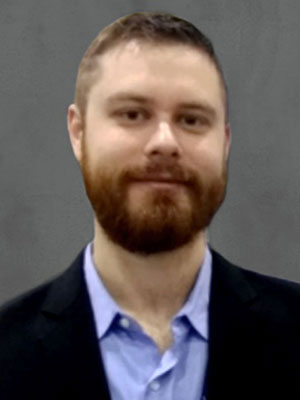
Steven P. Mell, PhD, is an Instructor in the Department of Orthopedic Surgery at Rush University whose research leverages advanced computational modeling to study the mechanical behavior, failure modes, and disease processes of both native and prosthetic human joints. During his doctoral studies, he quantified total knee replacement wear through finite-element simulations alongside experimental testing and validation. In his postdoctoral work, he characterized patellofemoral joint mechanics and developed machine-learning surrogate models trained on large, simulation-derived design-of-experiment datasets to enable “virtual trial” exploration of surgical and implant design parameters. He also studied the mechanical behavior of articular cartilage by integrating a nonlinear poroelastic material model into finite-element analyses to derive enhanced constitutive properties and contributed to investigations of total hip replacement taper mechanics by probing the contact mechanics of modular junctions during assembly.
Currently, Dr. Mell is leading a study of femoroacetabular impingement (FAI) severity and its impact on hip joint contact mechanics. By integrating motion analysis, musculoskeletal modeling, and population-specific finite-element representations—employing statistical shape modeling of cam-type FAI cases as a data-augmentation strategy—he compares hip joint contact forces before and after arthroscopic intervention. This work seeks to identify modifiable biomechanical factors linked to osteoarthritis progression and to inform surgical planning for enhanced long-term joint health.
Kobe Hip Surgeons visiting Dr. Pascual in the OR.
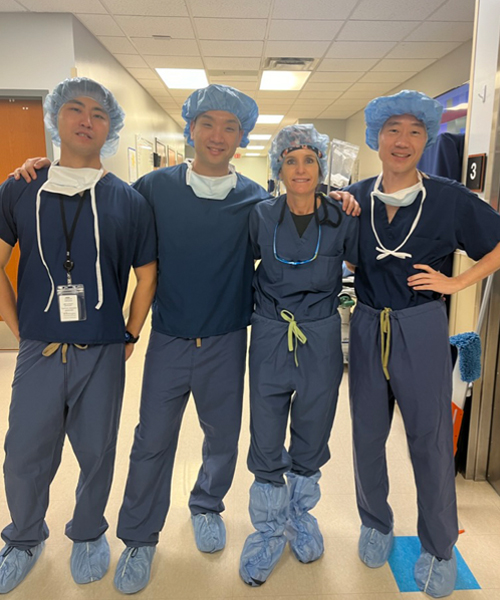
Kobe Hip Surgeons visiting STL Hip Team and performing PAO cadaver lab.
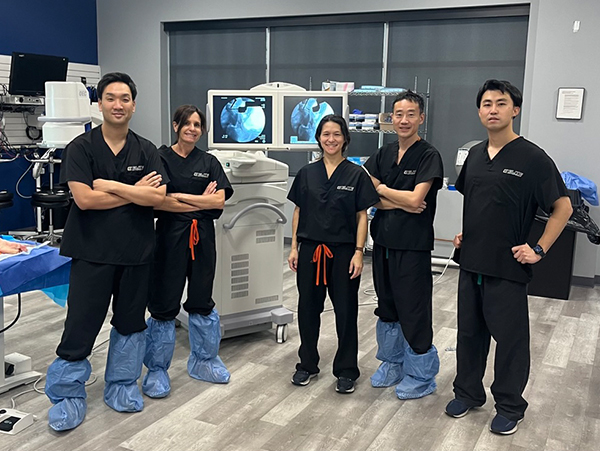
Left to right: Jon Ince, May Wu, Dr. Pascual, CC Ai and Ken Kikuchi.
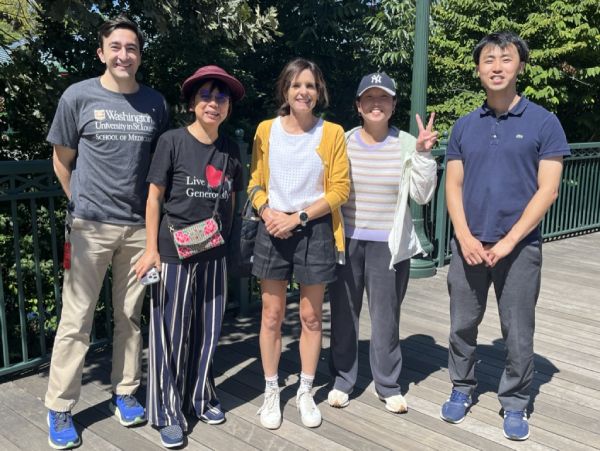
Dr. Jacobs, chairman of Orthopedic Surgeon at Rush University Medical Center, visiting Dr. Pascual's lab.
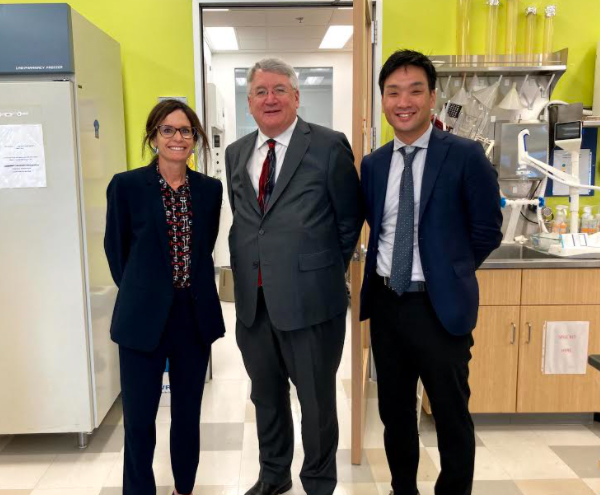
Dr. Pascual and Dr. Haneda presenting the origins of hip OA in hip FAI at the AAOS (American Academy of Orthopedic Surgeons) in Las Vegas, 2019
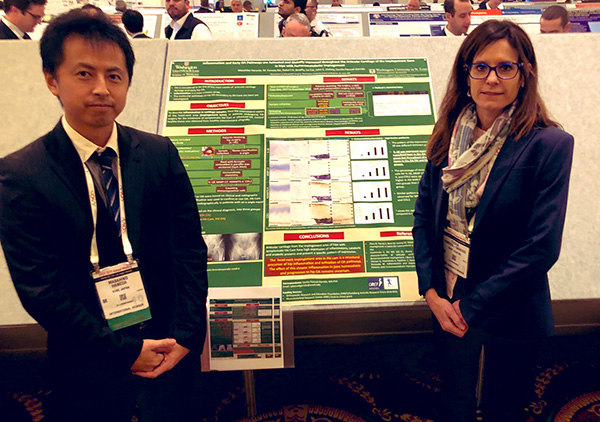
Dr. Pascual presenting at the AAOS, Las Vegas 2019 (American academy of Orthopedic Surgeons) on predictors of progression of disease in the dysplastic hip
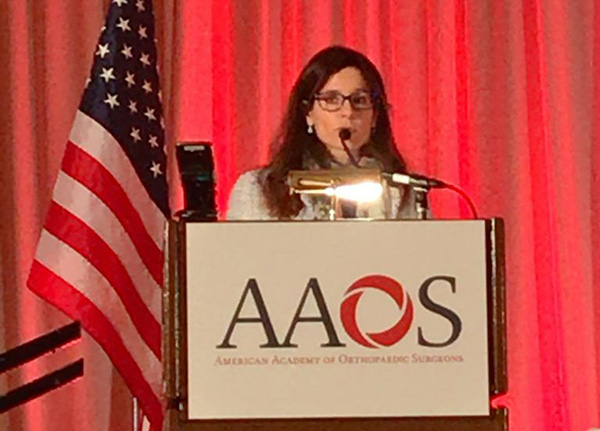
Dr. Pascual and Dr Haneda presenting their research at ORS, 2019, Austin Texas.
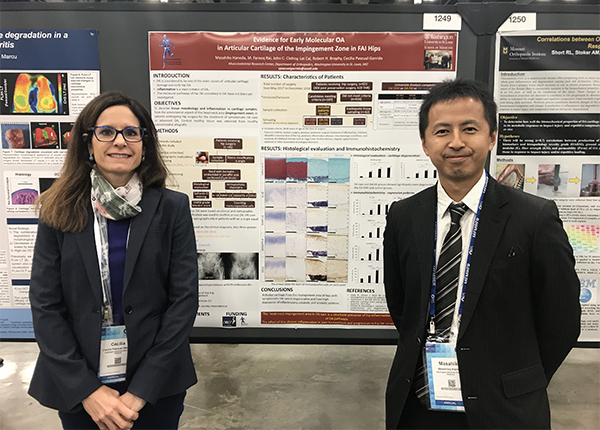
Young Adult Hip Clinical Research Lab
